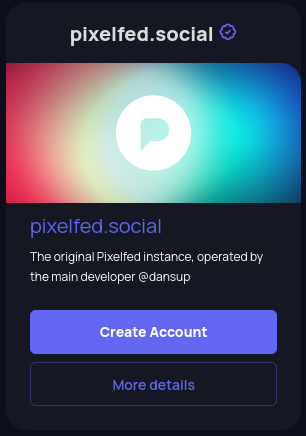

If I understand the way the Fediverse works correctly, global content viewed by members of an instance gets cached on that instance. So even though this thread is “on” lemmy.world, because I’m participating here there’s also a copy on sh.itjust.works and that copy gets passed to me.
Among the instances sh.itjust.works is defederated from, there’s one called “rape.pet”. I’m okay with The_Dude saying “No, you can’t get there from here” to shit like that.






The very best we can do is have vigilant grown adults in charge. We can likely agree that child bestiality or other word combinations that feel illegal to even type should be isolated, but on the spectrum of “Hitler was right” “Mao was right” “Che was right” “Washington was right” do you say “Nope we don’t accept that kind of shit around here?” There are people who will draw the line in the same place from either side of it. Like I say, that line is somewhere in the middle of that slap fight over there and that’s not a unique problem to the Fediverse; it’s a problem with humans, and I don’t think you can solve it, only sidestep it through totalitarianism.